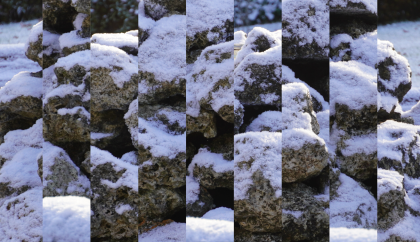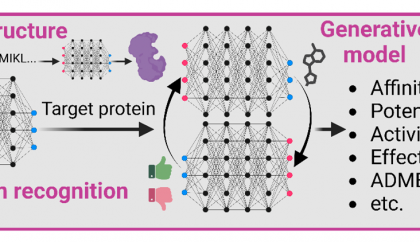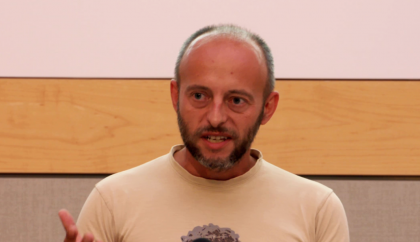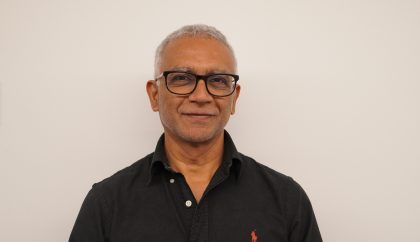
EBRAINS research infrastructure secures €38 million in funding for new phase of digital neuroscience
The European Commission has accepted the EBRAINS 2.0 proposal submitted in response to the INFRASERV call, granting €38 million for the further development …

Season’s Greetings
We have reached again the season in which many of us are getting ready to take time off and wind down. …

Felicitas Mokler to be “Journalist in Residence” at HITS
The Heidelberg Institute for Theoretical Studies gives science journalists the opportunity to deepen their knowledge of computer-based, data-driven science with a …

Issue 4 | 2023
What makes a planet habitable? How do you keep it habitable, how do you develop life, and what strategic decisions put …

With AI towards new cardiac drugs
In a recently published perspective (“Aktuelle Kardiologie” 2023; 12(06): 450 – 458), researchers in the “Molecular and Cellular Modeling” group at HITS and the “Section of …

Phylogenetic trees and biodiversity research: “Highly Cited Researcher“ at HITS
For eight years running, computer scientist Alexandros Stamatakis from the Heidelberg Institute for Theoretical Studies (HITS) has been named one of …

Anil Ananthaswamy – Journalist in Residence 2023
Indian-American science journalist and author Anil Ananthaswamy was the 11th “Journalist in Residence” at the Heidelberg Institute for …

CCC Group Retreat
On October 5-6, the CCC group travelled to Pfalz to recuperate and brainstorm. After visiting the historic Cochem castle and admiring …

Accelerating the design of therapeutics through simulations
Since October 2023, Fabian Grünewald is the second fellow of the HITS independent PostDoc Program. The program offers an opportunity for …

The foundations of the science of forecasting
HITS Scientific Director Tilmann Gneiting receives the 2024 Ulf Grenander Prize in Stochastic Theory and Modeling for seminal work in environmental and …